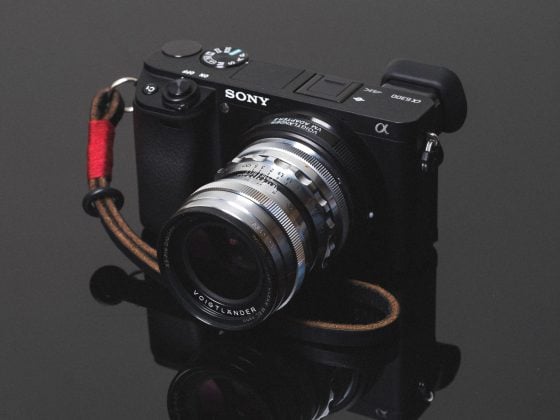Epic, monumental life changing events, like a new baby being born, always begs that really big and important question, “what camera should I bring?”
During the delivery and for the few days while my wife was recovering, I brought along several cameras, but only used a few.
Don’t worry, I’m not sharing any gross newborn baby photos. 🙂
The cameras I brought were the Sony A7rIII 16-35mm f4, the Fujifilm X-T2 with a 16mm f1.4 and 60mm f2.4, the Fujifilm X100F and the GoPro Hero6.
The cameras I ended up using were the Fujifilm XT2 with the 16mm f1.4 on day one and the X100F and the GoPro Hero6 for the days of recovery.
Why these choice? Why didn’t I use legendary Sony A7rIII?
Fujifilm X-T2 | 16mm f1.4 + 60mm Macro
The Fujifilm 16mm f1.4 is one of the best lenses ever made and is perfect for indoor low light situations like a childbirth. The only characteristic I don’t love about the 16mm is that some what busy bokeh. However, for a childbirth situation it’s absolutely perfect. I bought the Fujifilm 60mm f2.4 macro just in case I wanted some macro shots. But it turned out that on day one, the baby needed time in the incubator and this lens never really came into play.
Fujifilm X100F
The next few days I shot only with the Fujifilm X100F. I realized it would do everything I need it to. Wide enough field of view, it’s fast enough for the room we were in and it shoots macro beautifully. Perfect!
Besides that, I used my GoPro Hero 6 to record video of everything. The Hero 6 is just incredible, nothing else to really say. The stabilization is so good the camera basically functions as a gimbal. The GoPro Quick app and their cloud service makes everything automated and sharing video clips with the family is painfully simple. I never really understood the logic of buying anything other than a GoPro, the whole point of GoPro (for me anyway), is the software services that come along with the cameras. Every camera manufacturer could learn a thing or two from them.
Why not the Sony A7rIII?
I know it’s great on a spec sheet and I still use it as my primary landscape camera, but in real world situations like this, it kind of has nothing really to offer that can’t already be done better with my other cameras. It’s a little clunky to use, it’s big, it’s heavy (with my grip), I don’t really have any great lenses for it because they are too expensive and the good ones are too big anyway. Plus, the straight out of cameras colors and AWB for Sony in general are still years behind. GoPro’s 4k is more useful since there is an army of software features to go with it, and the Fujifilm cameras are just tuned a little better for real world incidental moments like this.
So my beloved Sony A7rIII just kind of sat in my bag. No hate on Sony, just my instincts told me to use these other cameras and I knew I would be able to get great photos and videos right out of camera that I could quickly turn around for my family and friends.
Straight Out Of Camera Acros
The images features in this article were all shot with the Fujifilm X100F. Straight out of camera, all JPEG Acros+Y or Acros+R. I shot everything RAW this time and converted them in-camera to JPEG to send to my phone to share with my family and friends. I thought they turned out well enough that I would share them here for a quick blog post and as an example of why I always recommend Fujifilm cameras to friends and family or random people commenting on this blog or emailing me. When you’re shopping for a camera, your buying more than a camera, you’re buying into a workflow and into a ecosystem of lenses, or in GoPro’s case, software.
These photos are all straight out of camera, no processing, except for an scale automation I do with OSX and ImageOptim for the use on this blog. This is one of the many reasons why so many people love Fujifilm.
BTW – the Fujifilm XT100 (not to be confused with the X100T) camera review is coming soon. A lot of people are curious about this little beast and I have a lot to say.
| **This website contains affiliate links. We will earn a small commission on purchases made through these links. Some of the links used in these articles will direct you to Amazon. As an Amazon Associate, I earn from qualifying purchases. |






















